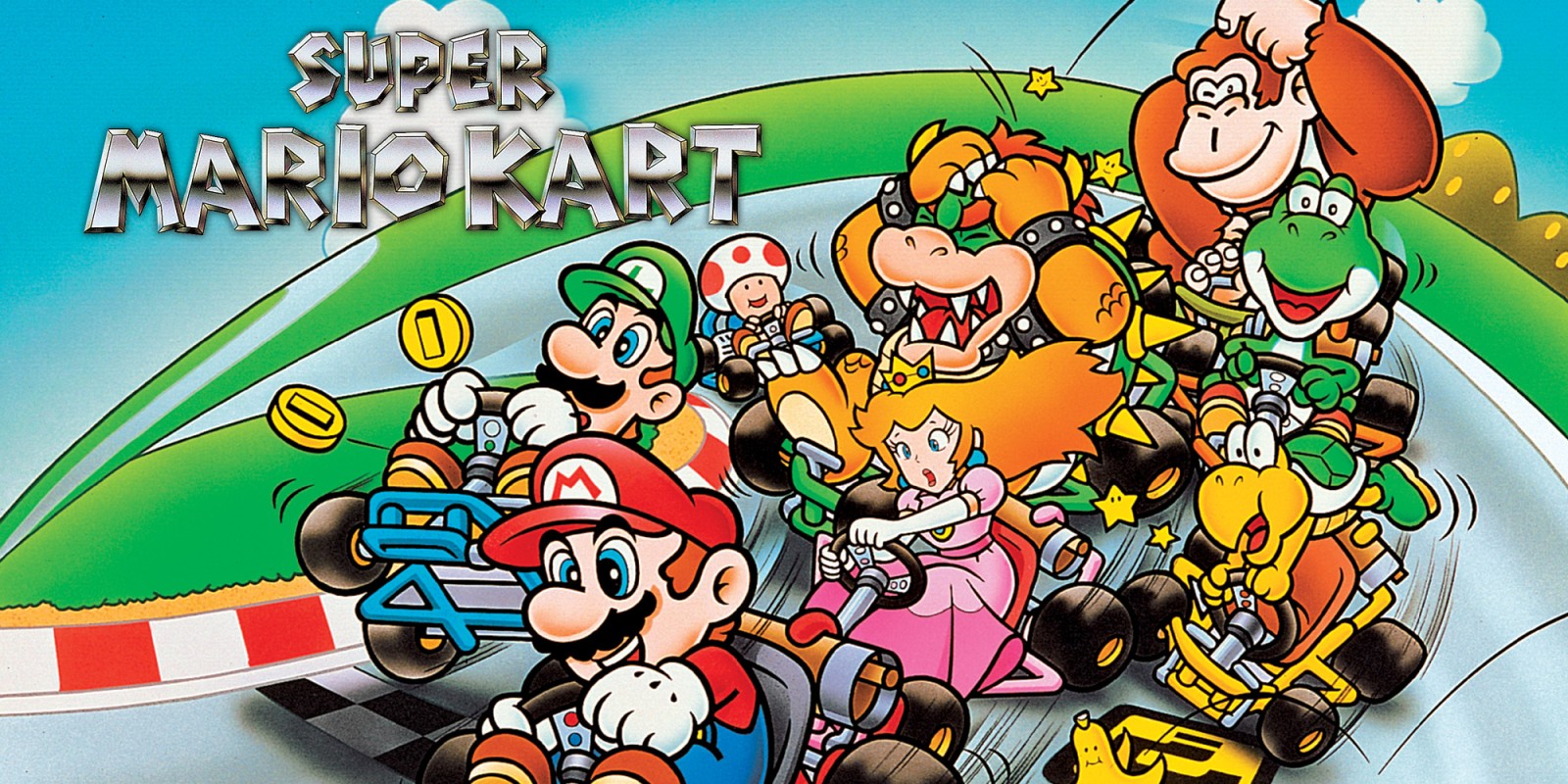Characters: This scores highest in Weirdness--after all, the franchise contains hundreds of unique little creatures, each with their own strengths, weaknesses, and abilities.
Besides these, there are also the human characters--and they follow more traditional game-character tropes. There is the Protagonist (you). There's the Rival, whose team expands and improves as yours does, filling the role of returning antagonist. There are other Trainers and wild Pokémon to meet and battle along the way (minor antagonists). There are Gym Leaders (bosses) who if defeated will present you with a badge. There are the helpful NPCs who grant you advice, resources, and general assistance. And there's always at least one Final Boss, be it an elite and powerful trainer or the leader of the Evil Team.
World: In each Pokémon game, the world consists of a Region containing several roads, towns, and wilderness spaces. There have been seven Regions so far: Kanto, Johto, Hoenn, Sinnoh, Unova, Kalos, and Alola. Your character can wander the Region, though a path of game progression is usually followed.







Activity: While the Pokémon games may seem unique and, well, weird at first, anyone who's played D&D should recognize the basic battle mechanics, and they are quite complicated! An individual Pokémon will have not only a Species Name (such as Pikachu) and a Type (such as Electric), but also several stats (sometimes referred to EVs and IVs): HP, Speed, Attack strength, Defense, Evasion, Accuracy, Special Attack, and Special Defense. Moves used in battle can lower the stats of your opponent or increase your own stats, and there are literally hundreds of moves in the games. Each move has a Type associated with it, and a Same Type Attack Bonus (STAB) will be added if the user and the move have the same Type. Not every Pokémon can learn every move, and each one can only 'know' up to four moves at a time. The Type of the move will be factored with the Type of the target to determine the outcome, and a move may miss or fail, be "not very effective" or on the flip side, be "super effective" or even a "Critical Hit". As one may expect, the above stats of both user and opponent have a say in the effect of any given move. Plus, each move has PP (Power Points), which is similar to mana and can be restored with certain items. Other items, whether used one-time during battle or held by a member of your team, can have even more effects. Looking familiar yet, D&D players?
But wait. There's more! Certain moves can inflict effects on the target, which have different ramifications on the gameplay:
Burn: Caused by some Fire moves. Deals extra damage to the victim in each turn ("___ is hurt by its burn!")
Freeze: Caused by certain Ice moves. Prevents the victim from using any move in the next few turns ("___ is still frozen solid!")
Paralysis: Caused by certain electric moves. Has a similar effect to Freeze ("___ is paralyzed and cannot move!")
Poison: Caused by some Poison moves. Has a similar effect to a Burn ("___ is hurt by poison!")
Sleep: Caused by some Psychic, Fairy, and other Type moves. Similar effect to Freeze and Paralysis ("___ is still sleeping!")
Confusion: Has the chance to reflect damage back on the victim when the latter tries to attack ("___ hurt itself in confusion!")
Those Effects that prevent the victim from moving can also make them easier to capture in a Pokéball, since they have a much lower chance of breaking free while frozen, paralyzed, or asleep. For even more battle mechanics, try this webpage:
https://bulbapedia.bulbagarden.net/wiki/Category:Moves_by_effect
























